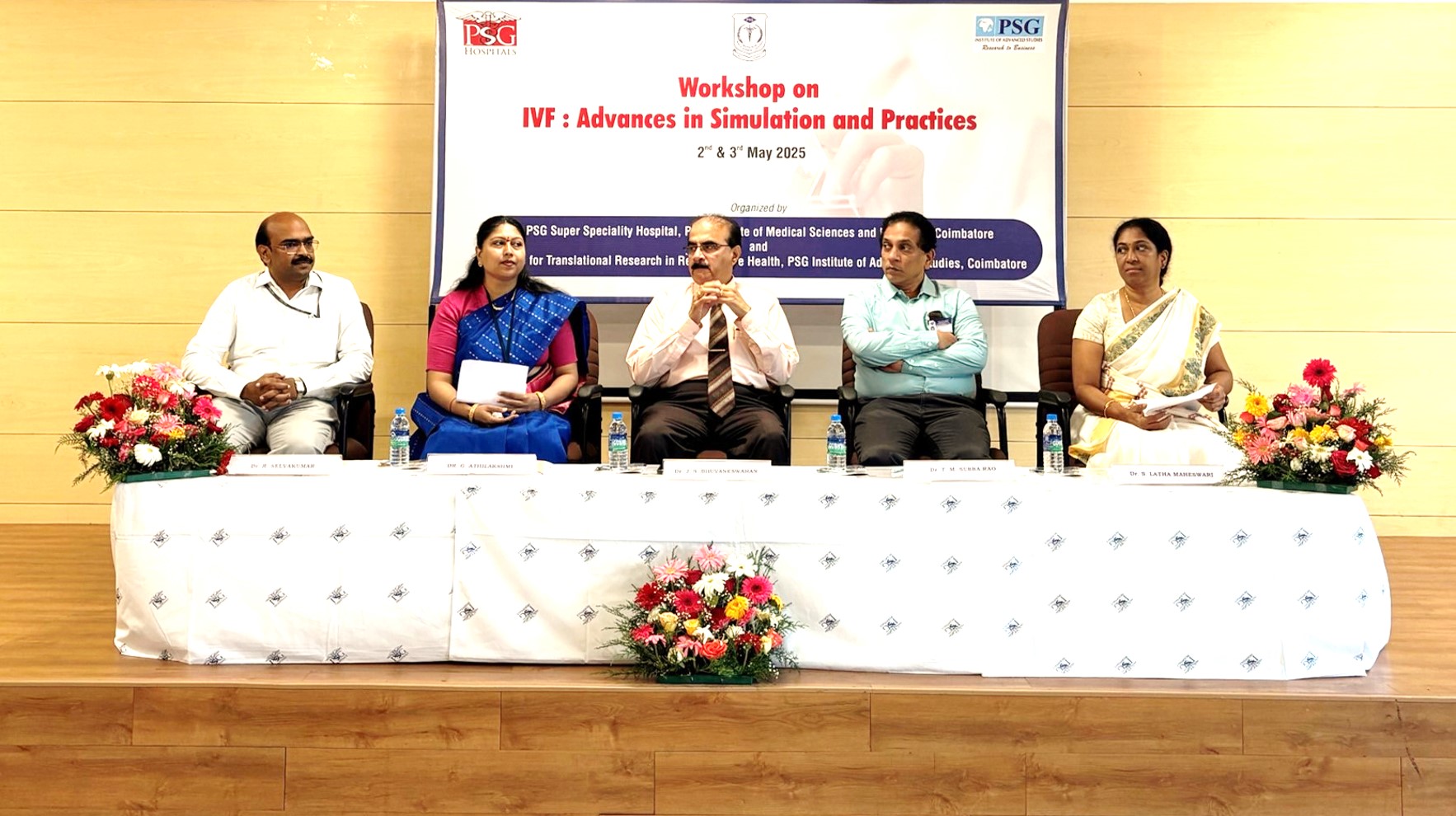Trending Now
- Alliance talks between AIADMK and BJP are ongoing. An announcement will be made at the right time – Union Home Minister Amit Shah.
- Vijay spoke about TVK vs. AIADMK only to motivate party workers – AIADMK General Secretary Edappadi K. Palaniswami.
- South Indian audiences are not interested in Hindi films, which is why they don’t succeed – Salman Khan.
- KL Rahul joins Delhi Capitals; the team will face Hyderabad tomorrow.
Coimbatore
Awareness, a major prerequisite for tiger conservation
![]() March 24, 2016
March 24, 2016
Spreading awareness among public and taking up conservation activities will help in conserving the tiger, said K. Sankar, Director of Salim Ali Centre for Ornithology and Natural History, here.
Speaking at the World Forest Day Special Enviro Meet, jointly organised by Osai and Indian Chamber of Commerce on Wednesday, Mr. Sankar said the involvement of local people in conservation activities would also prove effective as they had more ground knowledge.
Having worked for tiger conservation and the relocation of tiger reserves for more than 30 years, Mr. Sankar shared his experiences in the reintroduction of tigers at the Sariska Tiger Reserve.
“Relocation becomes imperative when population of tigers touches zero. The population of ungulates will double in areas where tigers become extinct, which would lead to the raiding of farmlands in forest fringes,” he said.
Expressing doubt about the hyped number of tiger population, which was placed at 40,000, Mr. Sankar predicted that only 20,000 tigers would have been in the wild some 100 years ago.
“Even during the 1980’s tigers were double counted by using the pug mark method and the population was predicted at 4000. It was during 2008 census we came to know of the more precise population using the camera traps with the help of Program Mark Software,” he added.
He also added that the number would have risen to more than 2,200 recently, which amounted to 60 per cent of the total tiger population. Mr. Sankar said that efforts taken by the Government to reduce poaching had helped largely.
He however stated that despite an increase of 2.82 per cent, the forest cover in India stood only at 21.34 per cent, while the minimum expected for tropical countries like India stood at 33 per cent.























